Sourdough Focaccia Bread Recipe
Your folders
Your folders
Prep Time: 15 hours
Cook Time: 30 minutes
Total: 15 hours, 30 minutes
Servings: 1
Author : Healthy and Tasty

Ingredients
Export 3 ingredients for grocery delivery
Instructions
Step 1
Crafting the Dough: In the quiet hours of the evening, whisk together the sourdough starter, water, and a touch of honey in a broad vessel—use a fork to stir. Introduce the flour and salt, melding the ingredients until they start to unify. Finalize the mix with your hands, crafting a shaggy, sticky mass of dough. Cloak the bowl and allow the dough to rest anywhere between 30 minutes to an hour, as timing here offers flexibility. Once rested, return to the dough and mold it into a cohesive ball.
Step 2
First Rise (Bulk Fermentation) Shroud the dough-filled bowl with lightly oiled plastic wrap, or shift the dough into a lightly greased container. Let it embark on its overnight rise at room temperature, ideally around 68-70°F (20-21°C) for roughly 12 hours or more. When ready, the dough will have doubled—or possibly grown even larger. Note: If the ambient temperature exceeds 68-70°F (20-21°C), the rise will hasten. Adjust your timeframe accordingly to avoid over-proofing.
Step 3
Second Rise: By morning, coat a rimmed baking sheet with 2 tablespoons of olive oil (reduce to 1 tablespoon if utilizing a non-stick pan). Use your hands to spread the oil evenly across the pan’s bottom and sides. Gently release the dough onto the oiled surface, flipping it over to coat both sides. Cover and let it rest for about 1.5 to 2 hours, or until it's luxuriously puffed up. Preheat the oven to 425°F (220°C). A tip: I like placing my dough atop the oven while it preheats, creating a warm haven that encourages bubbling softness.
Step 4
Forming the Focaccia: Just before baking, delicately dimple the dough with your oil-slicked fingertips, starting at one end of the pan and working your way across. As you press, the dough will naturally stretch outward, forming a rustic rectangle or oval, roughly 14 x 9 inches (36 x 23 cm), if not larger. It’s normal for the dough to not fully reach the pan’s edges—this imperfection is part of the charm. If you’re using a rectangular pan, expect the dough to conform to its shape.
Step 5
Add Toppings (Optional): Embed your choice of toppings into the dough’s surface. As the focaccia rises, it will expand, so make sure the toppings are well-anchored or risk them being pushed out. When incorporating garlic, I prefer to leave the cloves ensconced in their papery skins to prevent scorching; simply discard the skins before enjoying.
Step 6
Baking the Focaccia: Slide the pan into the center of the oven and bake for 25-30 minutes, or until the crust is crisp and a golden hue embraces the surface. Once baked, transfer the focaccia to a wire rack to cool before slicing.Tip: For par-baking, bake for 15-18 minutes at 425°F (220°C). The crust will firm up while remaining pale, with a golden underside. Lift the focaccia from the pan and allow it to cool fully on a wire rack. When ready to finish, return the focaccia to the pan and bake for another 12-15 minutes.
Step 7
Serving: Cut the focaccia into wedges or squares and savor it warm.
Top similar recipes
Curated for youYour folders
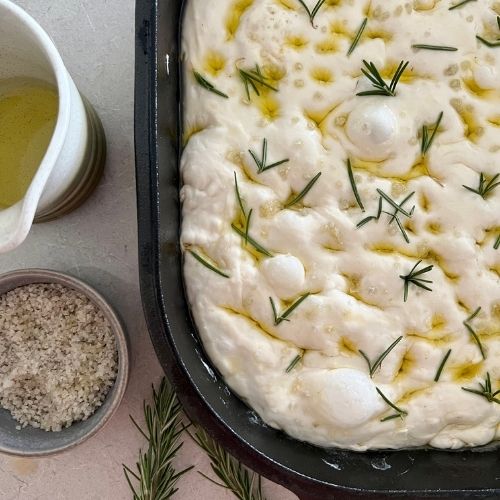
 319 views
319 viewsSourdough Focaccia Bread Recipe
pantrymama.com
5.0
(2)
30 minutes
Your folders
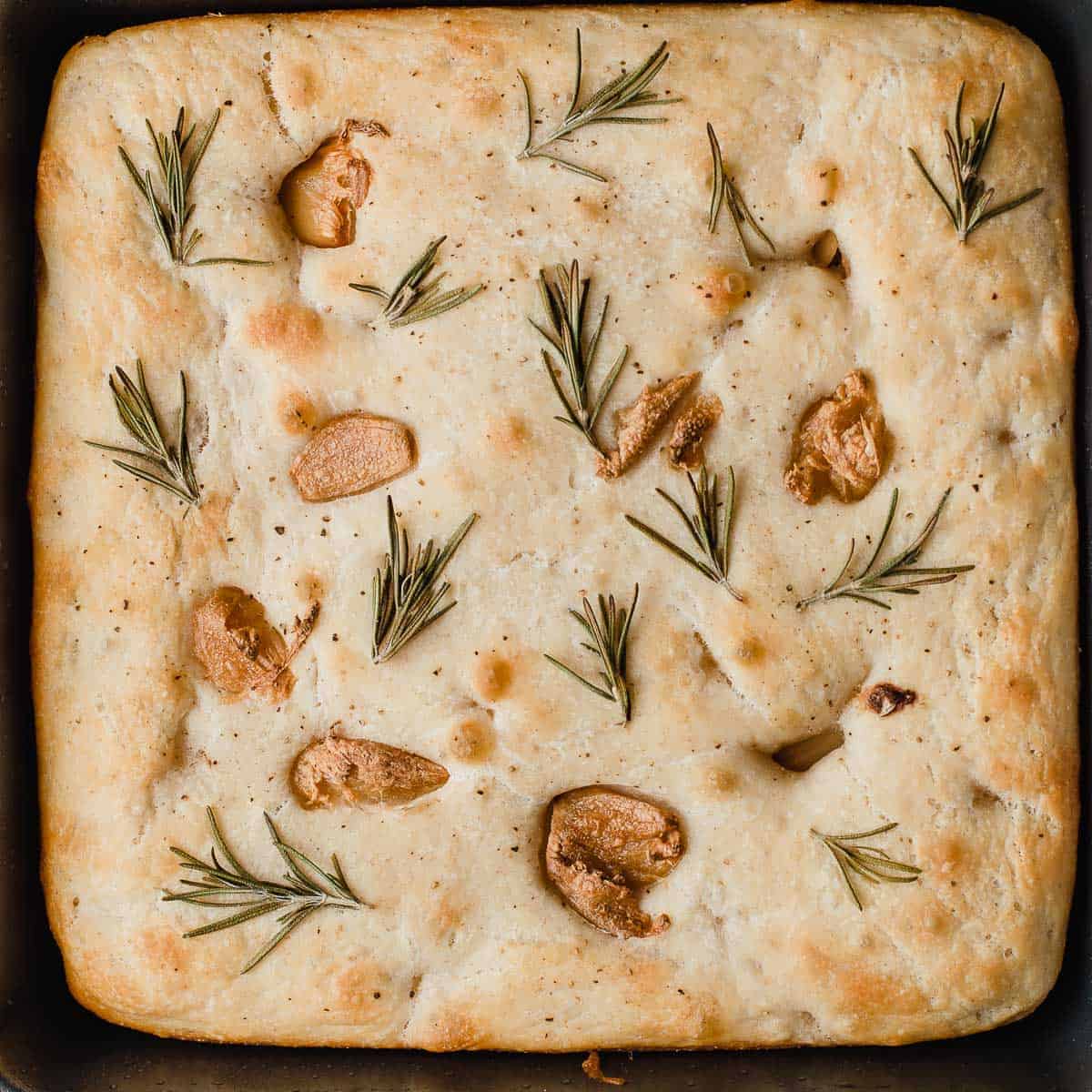
 81 views
81 viewsSourdough Focaccia Bread Recipe
littlespoonfarm.com
4.9
(38)
40 minutes
Your folders

 75 views
75 viewsSourdough Discard Focaccia Bread
amybakesbread.com
4.9
(56)
25 minutes
Your folders

 399 views
399 viewsSourdough Focaccia
homegrownhappiness.co.nz
4.8
(23)
25 minutes
Your folders

 378 views
378 viewsSourdough Focaccia
baked-theblog.com
4.8
(15)
25 minutes
Your folders

 320 views
320 viewsSourdough Focaccia
schoolnightvegan.com
4.5
(21)
Your folders

 145 views
145 viewsSourdough Focaccia
cravethegood.com
4.5
(14)
25 minutes
Your folders
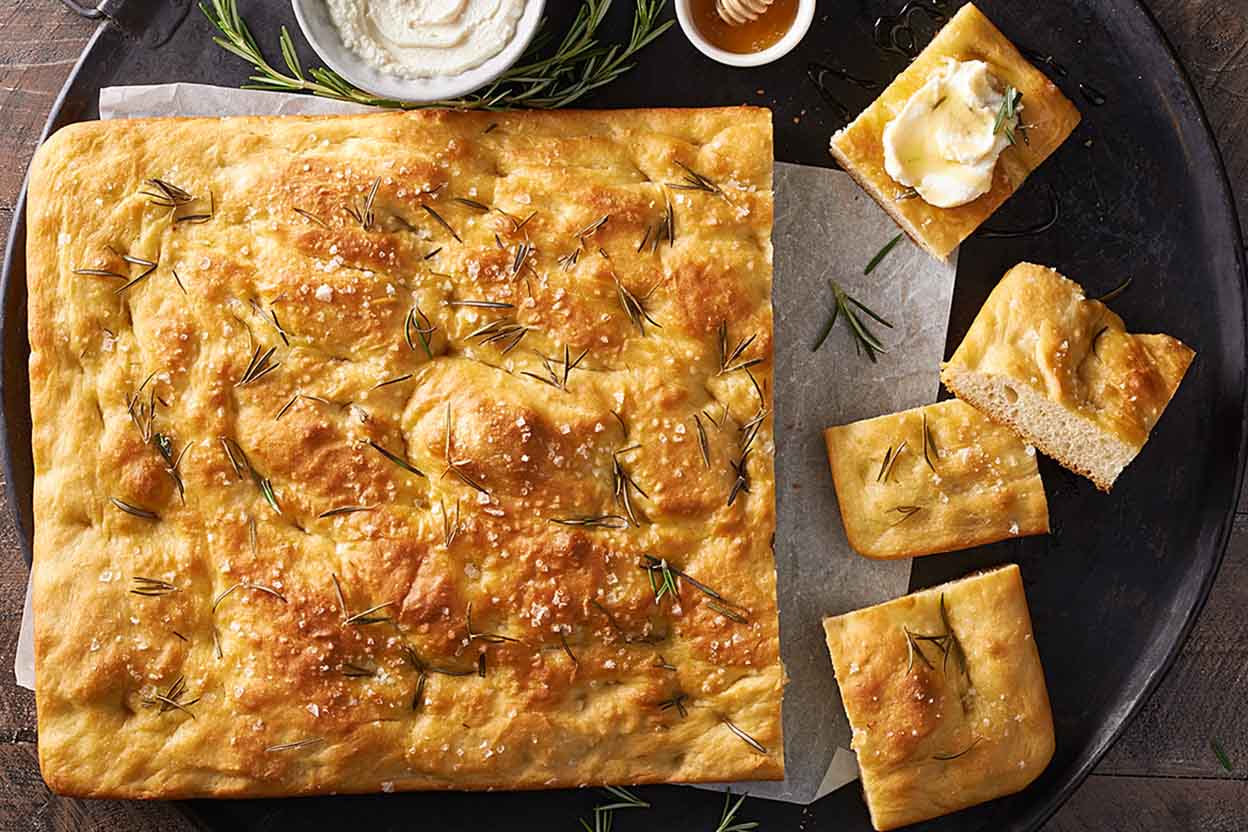
 430 views
430 viewsSourdough Focaccia
kingarthurbaking.com
4.7
(90)
25 minutes
Your folders
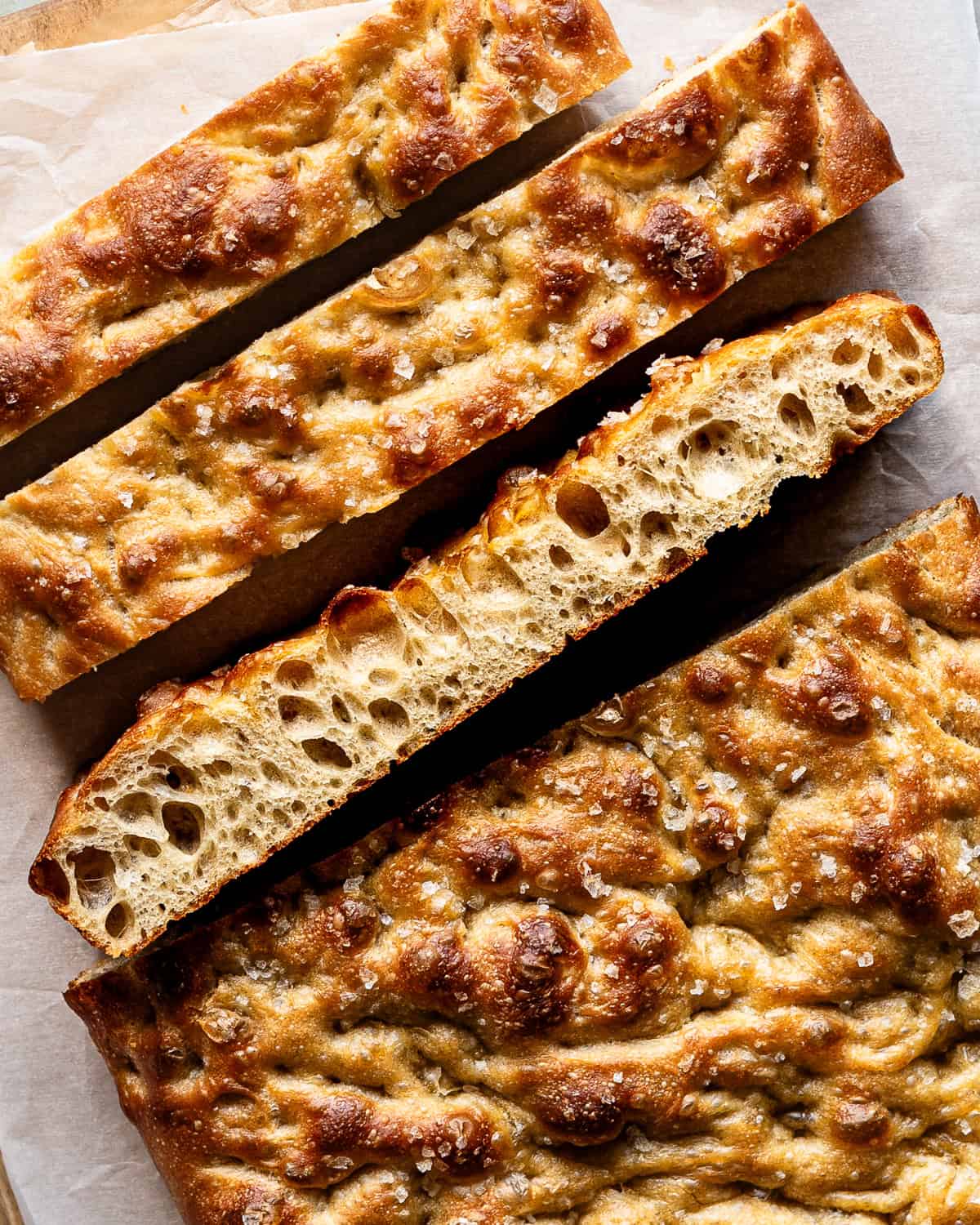
 82 views
82 viewsSourdough Discard Focaccia Recipe
makeitdough.com
5.0
(51)
30 minutes
Your folders
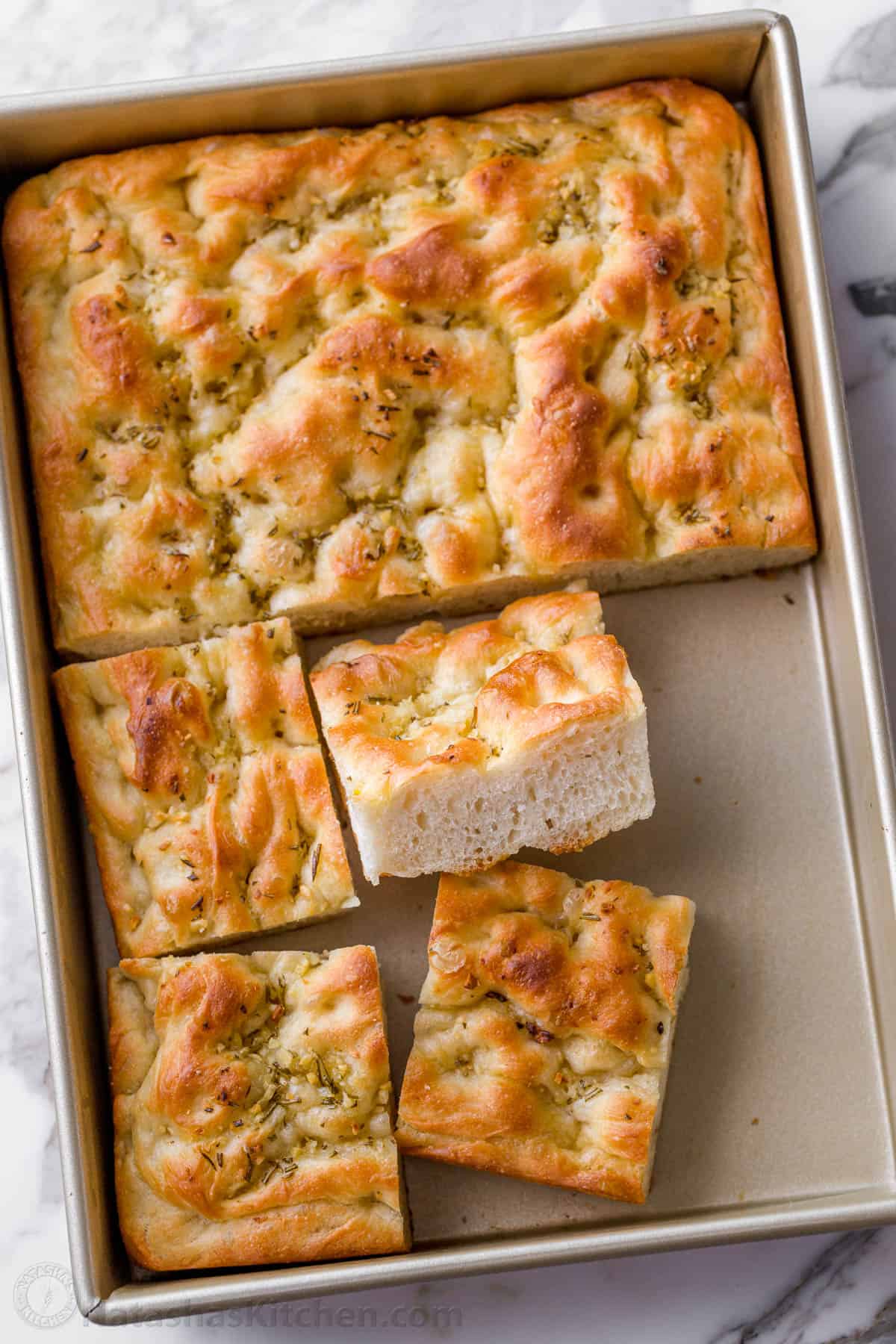
 430 views
430 viewsFocaccia Bread Recipe
natashaskitchen.com
5.0
(122)
25 minutes
Your folders

 788 views
788 viewsFocaccia Bread Recipe
lilluna.com
4.9
(64)
25 minutes
Your folders
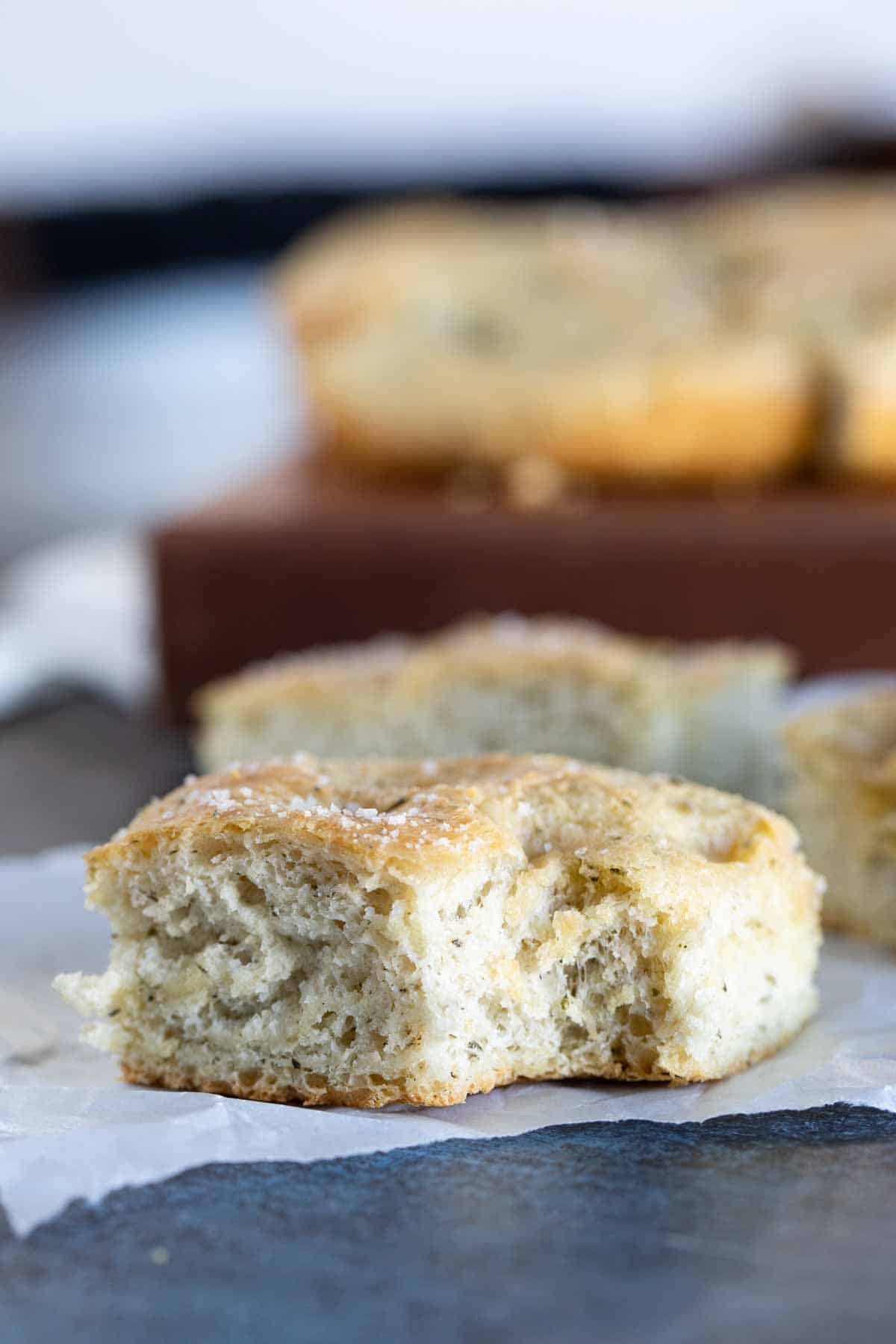
 8 views
8 viewsFocaccia Bread Recipe
tasteandtellblog.com
5.0
(3)
40 minutes
Your folders
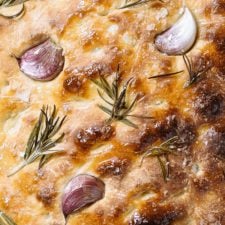
 226 views
226 viewsBeginner's Guide to Sourdough Focac...
theclevercarrot.com
4.9
(41)
30 minutes
Your folders

 219 views
219 viewsBeginner's Guide to Sourdough Focac...
theclevercarrot.com
4.9
(45)
30 minutes
Your folders
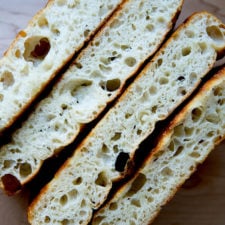
 909 views
909 viewsSimple Sourdough Focaccia
alexandracooks.com
4.9
(165)
25 minutes
Your folders
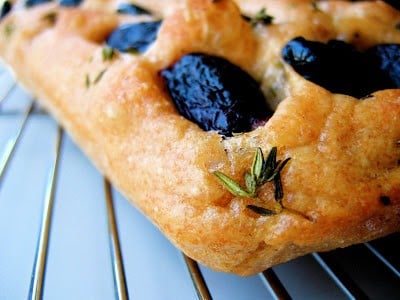
 409 views
409 viewsQuick Sourdough Focaccia
bojongourmet.com
4.3
(26)
Your folders

 200 views
200 viewsEasy Sourdough Focaccia
breadsandsweets.com
5.0
(5)
20 minutes
Your folders
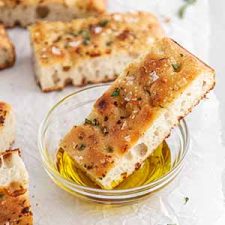
 420 views
420 viewsEasy Sourdough Focaccia
girlversusdough.com
4.2
(5)
30 minutes
Your folders

 528 views
528 viewssourdough discard focaccia
dusdoughs.com
5.0
(10)